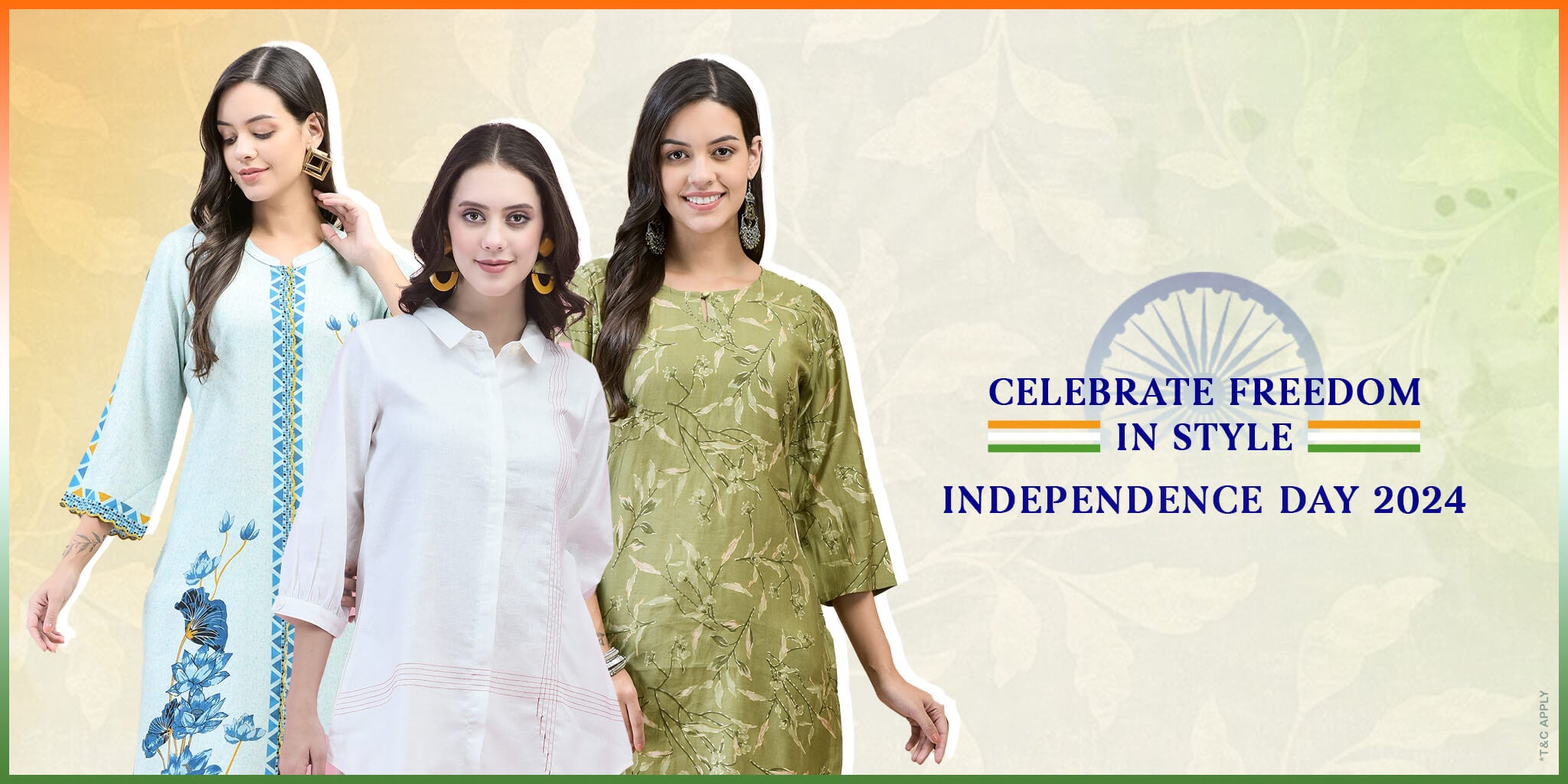Mastering The Art Of Minimalist Living: Tips And Tricks
Minimalist living has become a popular lifestyle choice for many people looking to simplify their lives and focus on what truly matters. At its core, minimalism is about reducing clutter, eliminating excess, and creating space for the essential aspects of life. It’s about intentional living, where each item and activity holds a purpose and adds value. If you’re considering embracing minimalism, this guide will provide you with practical tips and tricks to help you master the art of minimalist living.
Understanding Minimalism
Minimalism is not just about owning fewer things; it’s a mindset shift that affects all areas of life. By removing the unnecessary, you make room for more meaningful experiences and relationships. Minimalism encourages you to:
- Understand Your Priorities: Try to realize what truly matters in your life.
- Eliminate Excess: Remove items and activities that don’t add value.
- Embrace Simplicity: Find joy in simple, everyday moments.

Before diving into the practical aspects, it’s important to understand the benefits of minimalism. Some of the key advantages include:
- Reduced Stress: Less clutter leads to a more organized and peaceful environment.
- Freedom of Finance: Learn how to spend less on items you don’t need.
- Improved Focus: Fewer distractions help you concentrate on your goals.
- Greater Freedom: Owning less gives you more mobility and flexibility.
Tips for Mastering Minimalist Living
- Start with Decluttering
Decluttering is the first and most crucial step in minimalist living. Start by analyzing your belongings and then identify things that you don’t need anymore. Here’s how to get started:
- Sort Your Items: Categorize your possessions into keep, donate, sell, and discard piles.
- Ask the Right Questions: For each item, ask yourself if it serves a purpose, brings you joy, or adds value to your life.
- Tackle One Area at a Time: Focus on one room or category (e.g., clothes, books, kitchen items) at a time to avoid feeling overwhelmed.

- Embrace Quality over Quantity
Minimalism emphasizes the importance of quality. Invest in high-quality, durable items that will last longer and serve you better. This principle applies to clothing, furniture, and even digital devices.
- Pick Timeless Classics: Go for some classic styles that are never out of fashion.
- Prioritize Functionality: Select items that serve multiple purposes or have practical uses.
- Consider Sustainability: Support brands and products that prioritize ethical and sustainable practices.

- Create a Capsule Wardrobe
A capsule wardrobe basically means a collection of important clothing items and versatile outfits that you can mix and match to create different attires. Here is how:
- Identify Your Style: Choose pieces that reflect your personal style and are appropriate for your lifestyle.
- Select a Neutral Color Palette: Stick to neutral colors like black, white, gray, and beige for maximum versatility.
- Limit the Number of Items: Aim for around 30-40 pieces, including tops, bottoms, outerwear, and shoes.

- Simplify Your Home Decor
Create a clutter-free and serene environment with minimalistic home décor. Focus on simplicity, functionality, and beauty.
- Opt for Neutral Colors: Use a neutral color palette to create a calm and cohesive look.
- Choose Multi-Functional Furniture: Invest in furniture that serves multiple purposes, such as a sofa bed or an ottoman with storage.
- Incorporate Natural Elements: Add plants, natural light, and wooden elements to bring warmth and life to your space.

- Streamline Your Digital Life
Oftentimes, digital clutter is quite overwhelming. So, simplify your digital life by organizing your files and reducing screen time.
- Organize Your Files: Create a clear folder structure and regularly delete unnecessary files.
- Unsubscribe from Unnecessary Emails: Keep your inbox clutter-free by unsubscribing from newsletters and promotional emails you no longer read.
- Limit Social Media Use: Set boundaries for social media usage to avoid distractions and information overload.

- Practice Mindful Consumption
Mindful consumption involves being intentional about what you buy and bringing only what you truly need and value into your life.
- Know about One-In, One-Out Rule: If you bring one new item in your home, remove one from your existing items.
- Wait before Buying: Implement a waiting period (e.g., 30 days) before making non-essential purchases to ensure they are truly needed.
- Focus on Experiences over Things: Prioritize experiences and activities that bring joy and fulfillment over material possessions.

- Simplify Your Schedule
A minimalist lifestyle also extends to how you manage your time. Learn how to simplify your schedule so that you can easily make room for something that matters.
- Prioritize Your Tasks: Focus on high-priority tasks and eliminate or delegate lower-priority ones.
- Say No More Often: Learn to say no to commitments that don’t align with your goals or values.
- Follow a Routine: Prepare a daily routine and follow that. It should include enough time for rest, work, and leisure time.

- Cultivate Gratitude
Gratitude is a powerful aspect of minimalism. By appreciating what you have, you can find contentment with less.
- Keep a Gratitude Journal: Write down things you are grateful for each day to cultivate a positive mindset.
- Practice Mindfulness: Be present in the moment and appreciate the simple joys of everyday life.
- Focus on Relationships: Value and nurture your relationships with family and friends over material possessions.

Common Challenges and How to Overcome Them
- Letting Go of Sentimental Items
Letting go of things that have sentimental significance is one of the main obstacles to minimalism. To overcome this:
- Keep a Few Special Items: Select a few meaningful items to keep and let go of the rest.
- Take Photos: Capture memories with photographs instead of keeping physical items.
- Repurpose Items: Find new uses for sentimental items so they continue to serve a purpose.

- Dealing with Guilt
Feeling guilty about getting rid of items can be a barrier to minimalism. To address this:
- Donate to Those in Need: Knowing your items will benefit others can ease the guilt.
- Acknowledge the Past: Recognize that these items served a purpose at one point but may no longer be needed.
- Focus on the Benefits: Remind yourself of the positive impacts minimalism will have on your life.
- Maintaining Minimalism
Maintaining a minimalist lifestyle requires ongoing effort. To stay on track:
- Regularly Declutter: Schedule regular decluttering sessions to keep your space clutter-free.
- Review Your Goals: Periodically reassess your minimalist goals and adjust as needed.
- Stay Mindful: Continually practice mindful consumption and intentional living.
Minimalist Living and Its Impact
Embracing minimalist living can have a profound impact on various aspects of your life, including:
- Mental Clarity: A clutter-free environment can lead to a clearer mind and better focus.
- Emotional Well-Being: Letting go of unnecessary items and commitments can reduce stress and anxiety.
- Impact of the Environment: Learn to choose sustainable options so that you can contribute to reducing environmental footprint.
- Financial Health: Spending less on material possessions can improve your financial situation and provide more freedom.

Mastering the art of minimalist living is a journey that involves making intentional choices and focusing on what truly matters. By decluttering your space, simplifying your schedule, and practicing mindful consumption, you can create a more meaningful and fulfilling life. Remember, minimalism is not about deprivation but about finding joy in simplicity and living with purpose.
FAQs
- What is minimalist living?
Minimalist living is a lifestyle that focuses on reducing clutter, eliminating excess, and prioritizing what truly matters. It emphasizes intentional living, where each item and activity serves a purpose and adds value to your life.
- How to live a minimalistic lifestyle?
Begin by decluttering your space, evaluating your priorities, and eliminating items and activities that don't add value. Start with one area at a time, and gradually move towards embracing simplicity and mindfulness in all aspects of your life.
- What are the benefits of minimalist living?
Minimalist living can reduce stress, improve focus, provide financial freedom, and offer greater mobility and flexibility. It creates a more organized, peaceful environment and encourages a more meaningful and intentional way of living.
- How do I declutter my home effectively?
Sort your belongings into categories (keep, donate, sell, discard), ask yourself if each item serves a purpose or brings joy, and tackle one room or category at a time to avoid feeling overwhelmed.
- What is a capsule wardrobe, and how do I create one?
A capsule wardrobe is a carefully chosen assortment of adaptable and necessary pieces of apparel that are meant to be worn both separately and together. To create one, identify your personal style, select a neutral color palette, and limit the number of items to around 30-40 pieces.
- How can I simplify my home decor?
Opt for neutral colors, choose multi-functional furniture, and incorporate natural elements like plants and wooden accents. Focus on simplicity, functionality, and beauty to create a serene and clutter-free environment.
- How do I manage digital clutter?
Organize your digital files, unsubscribe from unnecessary emails, and limit social media use. Create a clear folder structure, regularly delete unnecessary files, and set boundaries for screen time to reduce distractions and information overload.
- What is mindful consumption, and how can I practice it?
Mindful consumption involves being intentional about what you buy and bringing only what you truly need and value into your life. Adopt a one-in, one-out rule, wait before making non-essential purchases, and focus on experiences over material possessions.
- How can I simplify my schedule?
Prioritize your tasks, say no to commitments that don't align with your goals or values, and establish a daily routine that includes time for work, rest, and leisure. Focus on high-priority tasks and delegate or eliminate lower-priority ones.
- How do I let go of sentimental items?
Keep a few special items, take photos to capture memories, and find new uses for sentimental items. Acknowledge that these items served a purpose but may no longer be needed, and focus on the positive impacts of minimalism.
- How do I maintain a minimalist lifestyle?
Regularly declutter your space, review your minimalist goals periodically, and stay mindful of your consumption and choices. Schedule regular decluttering sessions and continually practice intentional living.
- How does minimalist living impact the environment?


